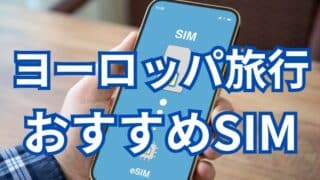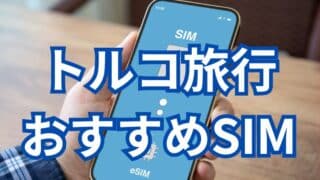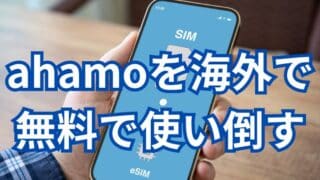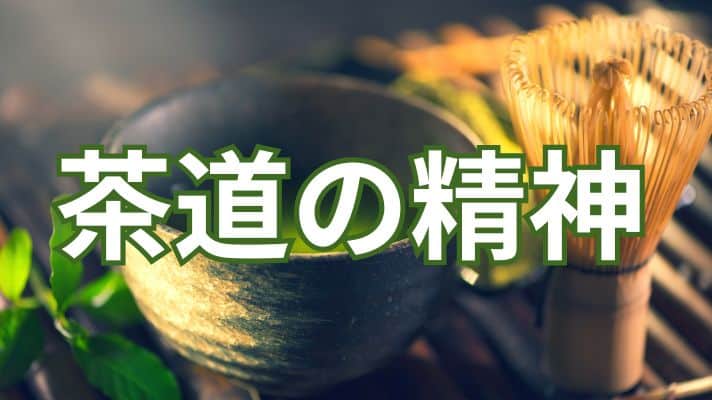グローバル化が進めば進むほど、世界に出ればでるほど、海外に行けば行くほど、日本人であることを意識し、日本のことを英語で説明できるようになることの大切さを痛感するのではないでしょうか。
すなわち,海外・世界などの外側を志向するからこそ,日本・日本文化などの内側に目を向ける必要があり,「自分の文化を知る」ことはグローバル人材育成のために必須のことであるといえます。
そこでここでは、グローバル人材育成のために日本の心といわれる茶道の精神、「和敬清寂」「利休七則」について英語で学ぶための教材を作成しました。
なお、茶道の詳しい歴史に関しては日本の茶・茶道の歴史をわかりやすく解説【奈良・平安~戦国時代】を参考にしてください。
茶道(歴史・精神)についての背景知識を日本語で学習
最初にこちらの日本語の動画を見てください。
背景知識があるものは英語でも理解しやすくなります。
よって、先に茶道の日本語で背景知識を身につけましょう。
英語の動画での学習
次に英語のみの動画に挑戦してみましょう。
茶道の歴史 The history of the tea ceremony
最後に文字で確認です。
Heian period
Tea came into Japan during the Heian period and that Saicho and Kukai went to China and brought back tea.
Kamakura period
In the Kamakura period, the founder of the Rinzai sect, Eisai studied abroad in China at that time and introduced matcha to Japan.
The usefulness of tea, written in “Tea Curing Record” states that “Tea begins with a curative herbal form” and that tea is good for your body.
Muromachi period to Azuchi-Momoyama period
In the Muromachi period during the days of Yoshimitsu Ashikaga and Yoshimasa Ashikaga, there were gorgeous tea ceremonies with Karamono utensils – tea utensils made in China – while viewing gorgeous hanging scrolls and enjoying Chinese art.
Juko Murata
Juko Murata is said to be the person who started the Japanese tea ceremony.
Murata incorporated this Zen spirit, creating a simple 4.5 tatami mat room for the tea ceremony.
Juko Murata is the originator of the Japanese tea ceremony Wabi-cha.
Takeno Jōo and Sen no Rikyu
Later on Takeno Jōo further simplified the tea ceremony.
A student of Takeno Joo, was the famous Sen no Rikyu.
Sen no Rikyu was active from the Warring States period to the Azuchi-Momoyama period. He served Nobunaga and Hideyoshi.
He expanded the idea of “wabi” to not only include tea ceremony tools but also to the style of the ceremony itself and its mannerisms.
Because of this it is said that Sen no Rikyu is considered to be the person who perfected Wabi-cha.
茶道の精神(四規七則)The spirit of the tea ceremony
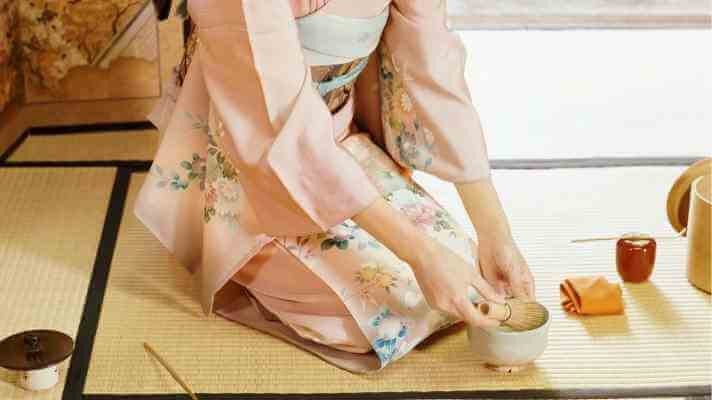
ここからは茶道の精神、四規七則について学びます。
The spirit of the tea ceremony is “Shiki-Shichisoku.”
Shiki refers to the spirit “Wakei Seijyaku.”
Shichisoku refers to Rikyu 7 rules.
四規 (和敬清寂)
Shiki refers to the spirit “Wakei Seijyaku.
“Wa” means opening up to each other and getting along with each other.
“Kei” means respecting each other with respect.
“Sei” means purifying your surroundings as well as your spirit.
“Jyaku” means maintaining a calm spirit.
七則 (利休七則)
Shichisoku refers to Rikyu 7 rules.
「茶は服のよきように点て」
心地よさを作りましょう。
Make a good tea for your guest.
This means to prepare the tea just right for those who drink.
For example, if some guests do not like their tea too hot, then prepare a lukewarm drink.
Likewise if they prefer a very hot drink, prepare them a very hot drink.
It ’s about serving tea that suits people.
「炭は湯のわくように置き」
段取りでは、要となるポイントを押さえましょう。
Hot charcoal should be arranged so the water will boil well.
This means that you should prepare the charcoal to heat the water with care.
The guest will not see this act but it is important to prepare with sincerity even if the act will not be seen.
「夏は涼しく冬は暖かに」
心地よさを作りましょう。
Cool in summer, warm in winter.
This means, be aware of the seasons and make sure the experience flows with nature.
For example, in summer, wearing a kimono that looks cool and serving cool-looking sweets.
「花は野にあるように」
自然に「あるよう」にしましょう。
Arrange flowers as they are in a field.
This means as nature intends it, respecting life as it is.
「刻限(こくげん)は早め」
ゆとりを持って。
Do anything with time to spare.
This means make sure that you have enough time to prepare.
「降らずとも傘の用意」
念のために準備しておきましょう。
Prepare an umbrella even if it isn’t going to rain.
This means to be prepared, calm and ready for anything that may happen.
「相客に心せよ」
その場に居合わせた人の全員が、心地よく過ごせるようにしましょう。
Respect all guests.
To respect all guests and to ensure that everyone has an enjoyable time.
In this way, the spirit of the tea ceremony bases itself on nature, and the sense of the season.
As well as an opportunity that is once-in-a-lifetime encounter, a single occasion that will not repeat itself again with the host and guest.
おわりに
ここでは茶道の歴史と精神を動画を使って、日本語と英語で学習しました。
茶道の精神、「和敬清寂」「利休七則」は生活の様々なところでも活用できます。
茶道を英語で総合的に学びたい方は茶道を外国人に英語で説明できるようになろうを参考にしてください。
また、抹茶の飲み方や和菓子の作り方(芋ようかん)を英語で学べる教材もあります。
ところで、本格的に茶道を習いたい方は、流派を選んで、先生にきちんとついて習うのが一番ですし、最良です。
ただ、中には、流派にこだわらず、あくまでも教養としての茶道を幅広く学びたいという方もいるかと思います。
また、海外転勤などで日本文化を広めたいという方に、通信で茶道・和菓子・和食の資格を取得することをおすすめします。
最近では、テーブル茶道・和菓子・練り切りアートなどの資格を取得して、海外で日本文化関係のスクールを開く方が増えてきました。
もちろん伝統的な茶道を広められれば、それが一番理想的ですが、海外では道具や設備などで、現実的には難しいでしょうし、できたとしても莫大な設備投資が必要になります。
マンゴ寿司・苺寿司が海外で人気である昨今、茶道も広く様々な形で海外に広めていくべきではないかと考えます。
また、和菓子や和食の資格の通信講座もあります。
和菓子の資格はこちらを参考に
![]()
和食の資格はこちらを参考に
これらの資格を活用すれば、茶道も含めた日本の食文化を総合的に理解することができます。
国家試験ではないですし、あくまでも民間の資格ですので、取得しても何か高く評価されるわけではありません。
民間の資格は、持っているだけでなく、それをどう効果的に活用していくかが重要だと思います。
